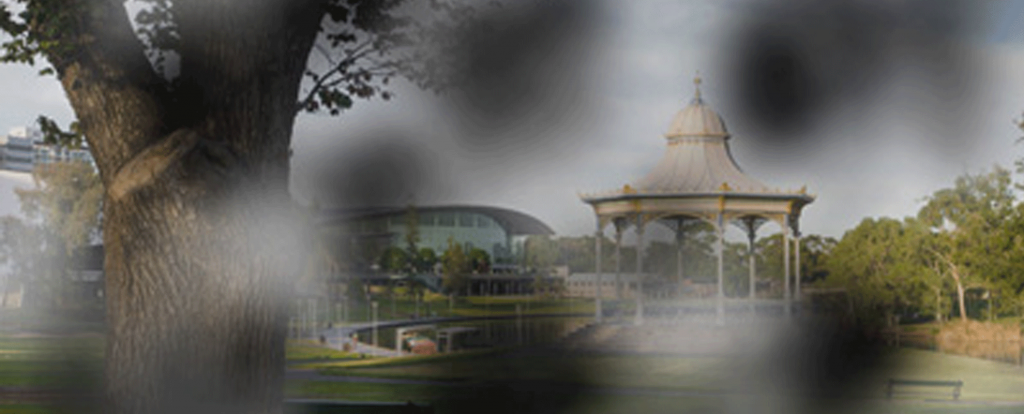
A cataract is a clouding of the normally clear lens of the eye. It may vary in its severity from a small amount of clouding to dense areas of haziness. A cataract is usually an age-related condition, which disturbs the passage of light and prevents the eye from focussing correctly. The lens is situated behind the iris (the coloured part of the eye). Its purpose is to bend light rays so that they provide a clear image to the retina at the back of the eye.
A cataract is caused by a disturbance of nutrition to the lens, resulting from a lack of oxygen. It is occasionally caused by injury, radiation, other diseases or exposure to toxic chemicals.
How do cataracts affect sight?
The person with a cataract may have blurred vision, suffer from glare and find bright lights uncomfortable. Colours may not appear to be as bright and objects look dull. The progression of cataracts varies between each individual and often between each eye in the same person. In some cases, the person affected can see well in the house but find vision is reduced by glare or at night.
Cataracts can cause blindness, but this can be prevented by early diagnosis and treatment.
Treatment
In some cases a change of glasses may be of benefit. In others, cataract surgery may be the best form of treatment. This procedure is usually performed under local anaesthetic on a day surgery or in-patient basis. Special lighting and magnifiers are also useful.
Who can help?
The first step is to see an eye specialist without delay. Should the specialist feel that you can be assisted by See Differently, they refer you. See Differently helps you to make the most of your remaining sight. Service and products include:
- low vision assessment;
- magnification aids;
- information;
- counselling;
- equipment and games (eg. talking clocks and large print playing cards).














